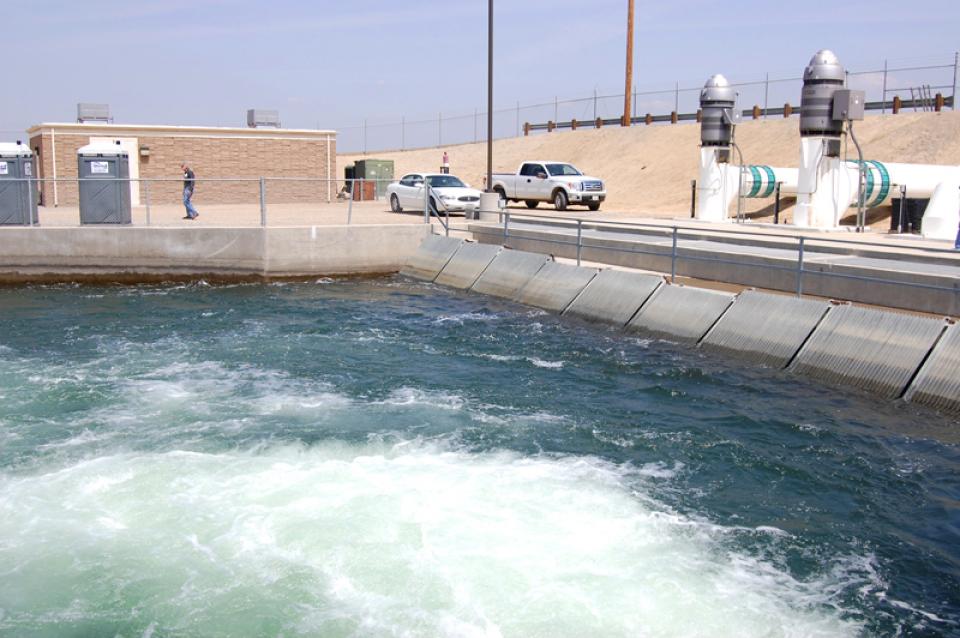Conjunctive Use
Conjunctive use is a catch-phrase for coordinated use of surface water and groundwater— literally going with the flow to maximize sufficient yield.
Until 2015,California has not had a statewide groundwater management system, and groundwater and surface water have been traditionally treated as separate resources. Now, with water demand frequently outpacing supply, water leaders are often coordinating the use of both. More long-term, California water managers are now including conjunctive use as part of their strategies for future water management.
Conjunctive use centers on flexibility, and its application includes both active and passive forms.
Conjunctive Use Overview
In its passive form, also called in-lieu conjunctive use, surface water is used in wet years and groundwater is used in dry years. In active conjunctive use, surface water is directly injected into aquifers and wells to be used as needed as part of groundwater banking. Or, groundwater water is stocked in pond or basins and then allowed to percolate naturally into aquifers.
Such practices enable water purveyors to buy and reserve water to be used at a later date. It also gives them the flexibility to mix and match water resources based on demand and in spite of California’s widely varying hydrological landscape. Storing groundwater below ground through conjunctive use is also seen as a way to lessen its evaporation and avoid building reservoirs and dams. Additionally, some water users are paid to use more expensive surface supplies instead of pumping groundwater, a practice known as in-lieu recharge.
There are several criteria experts say is key to successful conjunctive use implementation including:
- Sourcing an adequate supply of groundwater
- Ensuring a safe yield
- Protecting water quality
- Analyzing the economic costs
- Determining water rights
- Assessing the geological condition of aquifers
Currently, Southern California and the southern San Joaquin Valley are two centers of conjunctive use in the state. This also helps southern California lessen its dependence on the already heavily used Colorado River and Sacramento-San Joaquin Delta.
In Southern California basins, about 21.5 million acre-feet of additional conjunctive use potential is available, according to the Association of Ground Water Agencies.









